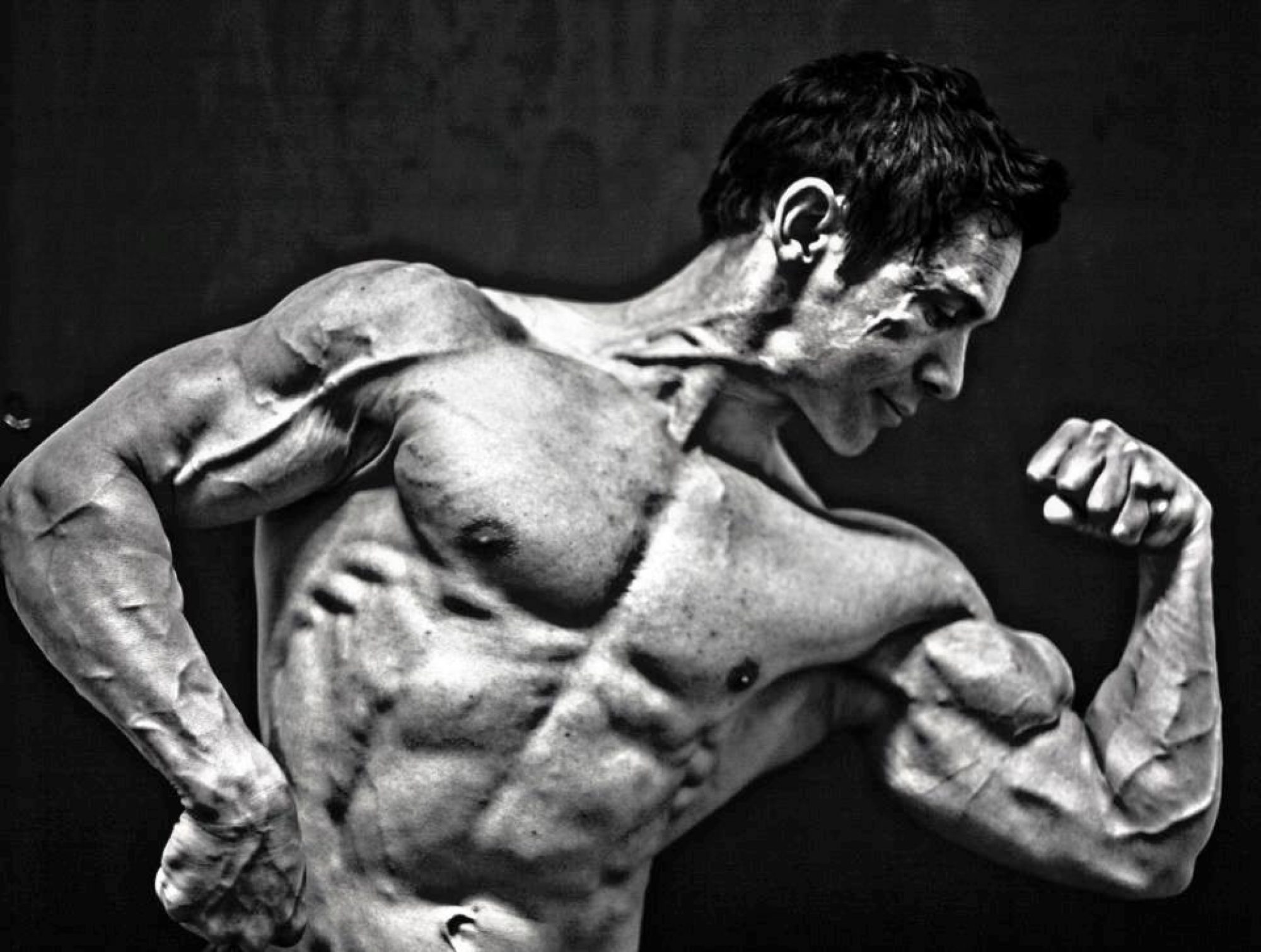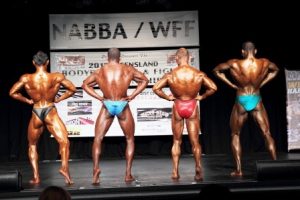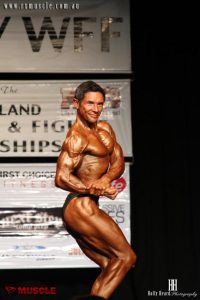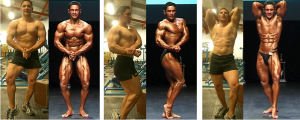I have found that changing an exercises angle to manipulate when maximum resistance occurs during the exercise can have a positive effect in several ways, it can:
- Improve motivation and enthusiasm for training by providing variation.
- Stimulate muscle growth by overloading the muscle in a different way.
- Allow you to keep training intensely when working around small recurring injuries.
Although I have never struggled much with having enthusiasm to train, nothing is more satisfying and motivating when you try a new variation of an exercise and BOOM, you feel it in a way you have never felt before, you get an awesome pump and you just know it will contribute to new growth (often a good dose of muscle soreness the next day too).
Of course there are multiple ways of changing the way that you train to get the above effect; however, using different variations of an exercise to provide another way to overload the muscle at different points along the range of motion can be used when all other methods such as lifting heavier, more volume, exercise order, different exercises etc, etc have been tapped out.
So how can you change where maximum resistance occurs during an exercise?
You can do this by changing the angle of the body and its levers in relation to gravity or by changing the angle of resistance by other external forces like cables or cam machines. A good exercise to explain this is the dumbbell side raise for the side deltoids. In a normal dumbbell side raise maximum resistance occurs at the top of the movement when the arm is parallel to the ground and perpendicular with gravity. If you were to do side raises lying on a flat bench or on the floor sideways, maximum resistance would occur at the start of the movement when the arm is next to your side as this is where the arm is now perpendicular to gravity. To get maximum resistance during the middle of a dumbbell lateral raise you would need to lie sideways on an inclined bench. So when I train my side deltoids my “Omni DB side raises” looks like this:
Lying side raise 1 set (one arm at a time) -max resistance at beginning.
Incline side raise 1 set (one arm at a time) –max resistance near mid- point.
Seated side raises 1 set (both arms) -max resistance at the end (top).
The above approach has allowed me to overload the side deltoids in a productive and unique way with comparatively lighter weights while still using rep ranges conducive for muscle growth.
This leads me to my next benefit, working around injuries. I mentioned last article that I had some niggles with my elbows. This was occurring during elbow flexion of around ninety degrees, especially during dumbbell curls. In a normal dumbbell curl maximum resistance occurs when the arm is flexed at ninety degrees and the forearm is perpendicular to gravity. So I have been using cable curls that are set up in such a way that maximum resistance occurs at the beginning of the movement with less resistance in the flexed position allowing me to continue to train intensely and productively without any pain or further damage.
So, if you have hit a plateau in your training or have a nagging injury that just won’t go away consider changing the angle of resistance to manipulate when maximum resistance occurs during your favourite exercises and watch your muscles start to grow again!



